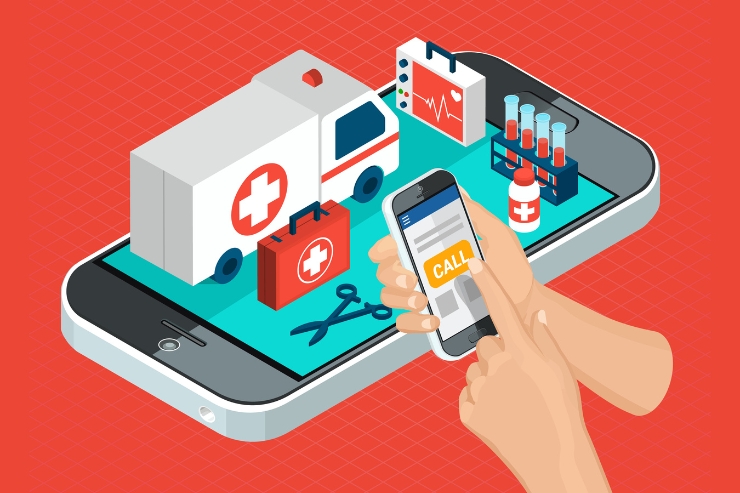The Critical Need for Structured Triage Protocols
A Johns Hopkins study revealed that 68% of after-hours calls to primary care practices involve urgent clinical questions, yet only 23% of practices have documented triage protocols. The risks of ad-hoc call handling include:
- Delayed care for time-sensitive conditions (e.g., STEMI, stroke)
- Provider burnout from unnecessary call interruptions
- Liability exposure from inconsistent advice
Best Practices for Emergency Call Management
- Establish Clear Triage Levels
We implement a 3-tier classification system:
- Level 1 (Emergent): Immediate provider contact (e.g., chest pain, severe bleeding)
- Level 2 (Urgent): Nurse callback within 30 minutes (e.g., high fever, moderate injury)
- Level 3 (Routine): Next-business-day response (e.g., prescription refills)
Example: A cardiology group reduced after-hours provider calls by 41% using this model.
- Specialty-Specific Decision Trees
Our medical-trained operators use customized algorithms:
- Pediatrics: Modified Barton Schmitt protocols
- OB/GYN: Pre-labor symptom checklists
- Orthopedics: Red flag indicators for fractures
- Secure Communication Channels
All after-hours interactions occur via:
- Encrypted phone lines with call recording
- HIPAA-compliant text messaging
- EHR-integrated message logging
Documentation & Quality Assurance
Every call includes:
- Timestamped encounter notes
- Disposition documentation (e.g., “Referred to ED per protocol #3”)
- Weekly provider review of 10% random calls
Impact on Practice Operations
Practices with structured triage systems report:
- 35% reduction in non-essential after-hours calls
- 22% improvement in patient satisfaction scores (Press Ganey)
- Fewer malpractice claims related to call mishandling

